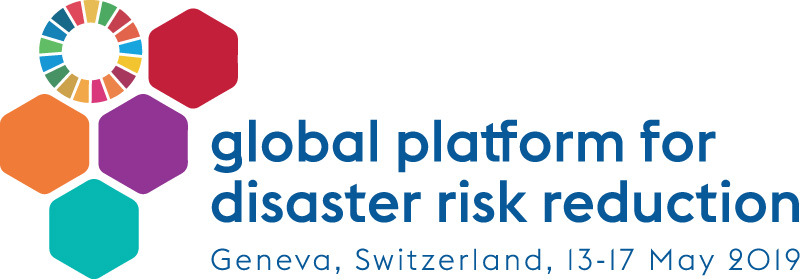Field visits on DRR sponsored by Switzerland
The Government of Switzerland is planning to organize a series of field visits that will offer participants a first hand look at Disaster Risk Reduction practices in Switzerland. Field visits will offer Global Platform participants the opportunity to increase their knowledge in Disaster Risk Reduction. Visits will be organized around the following topics: Climate Services, Mountain Hazards, Flood Management, Tsunami, or Earthquake Protection.
Logistical considerations
| When: | Saturday 18th May |
|---|---|
| Duration: | The whole day, starting approximately 8 am with the latest return being around 6 pm back in Geneva. |
| Accessibility: | Field visits accessible by wheel chair will be Field Visit 1 (Climate services), Field Visit 3 (Flood management), and Field Visit 5 (Earthquake protection). |
| Language: | English (spoken and by audio headset). No sign language or language translation will be available. |
| Clothing: | The visits will be partly outdoors. Appropriate clothing taking into account the possibility of rain is recommended. |
| Participation fee: | 50 CHF to be paid in cash at the Field Visit desk at the Global Platform. Catering and transportation will be free of charge. |
| Available slots: | 80 participants for each field visit |
| Contact: | Please first sign up for a field visit. Any further follow up can be directed to: gpdrr@eda.admin.ch |
Sign up
Field visit sign ups are now closed. A final confirmation will be sent to the registering participants in due course.
Field visit 1: Climate services
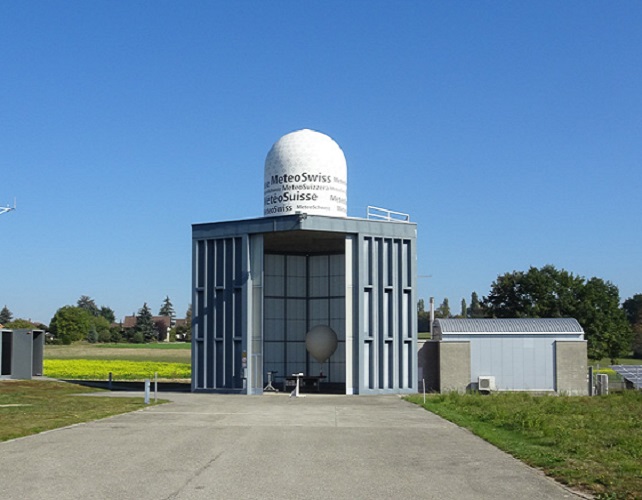
From data acquisition to end users
How does early warning of climate and weather risk work in Switzerland? MeteoSwiss invites the participants to learn more about their weather and climate services at its operation centre in Payerne. The presentations will include radar applications, wind profilers in case of a nuclear accident, and other climate services. A wide range of stakeholders and institutions use these services for instance for flood, landslide or avalanche risk assessments.
Field visit 2: Mountain hazards
Mountain hazards involve often a complex chain of events: The glacier lake outburst flood that triggered mud flow in Giétro 1818 is one historical example. Today, with climate change, such kind of events will become more frequent. The linkages between these phenomena will be presented in the house where the famous glaciologist J.P. Perraudin used to live. The fieldtrip will then look at prevention measures that were taken in Lourtier after the catastrophic avalanche in 1999.
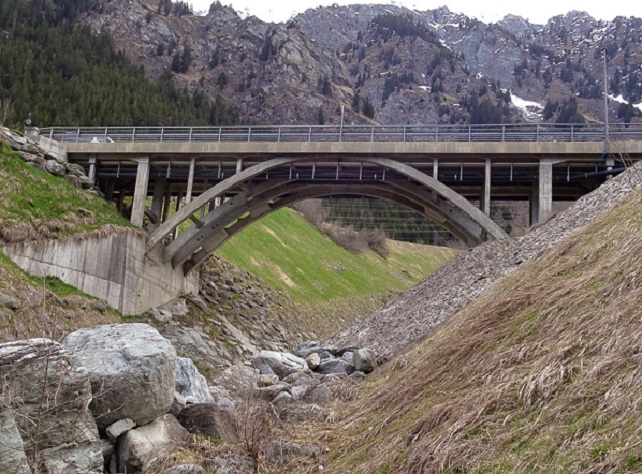
Risk management in a varying environment
Field visit 3: Flood management
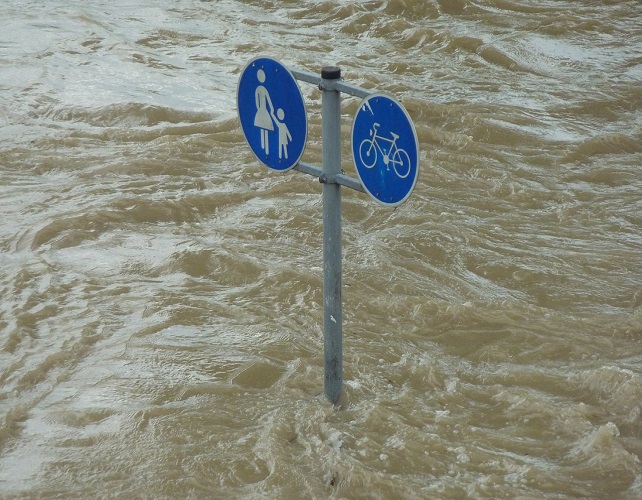
From diagnosis to mitigation via modelling
The river Rhone that springs in the Alps and leaves Switzerland on the border to France has undergone three riverbed corrections. This field visit will illustrate the stepwise assessments that guided the land-use planning, the decisions for the necessary structural measures. The participants will visit a physical model (1:50) of the riverbed used to understand the underlying physical processes, followed by an inspection of the real sites of the river Rhone.
Field visit 4: Tsunami in Lake Geneva
Very rare event are always difficult to manage. Historical texts from the 6th century describe a disastrous wave that flooded the surrounding cities of lake of Geneva after a mountain flank collapse. Nobody knows exactly how much of the catastrophic records were real, but recent scientific studies on the lakebed prove that a tsunami event must have taken place. Moreover, scientists detected three older tsunami events - also in other Swiss alpine lakes. How should we deal with this information in the 21st century in an already largely built environment?
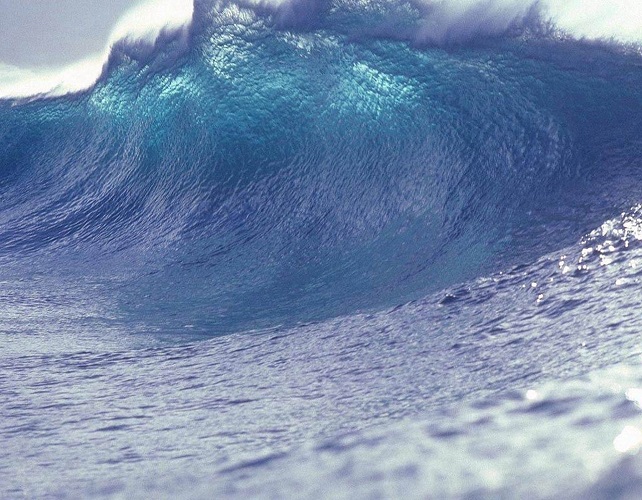
A real threat?
Field visit 5: Earthquake protection

From awareness to risk management
Earthquakes are widely known disasters. However, in a region with only moderate earthquake risk such as the Canton of Wallis it is not obvious how to deal with such a hazard. A mixed approach with building codes, awareness building (including a schoolroom earthquake simulator), preparedness training, and retrofitting of critical infrastructure is focused on here. The participant will visit the training centre as well as see how the hospital and the police building were retrofitted to reduce risk.
